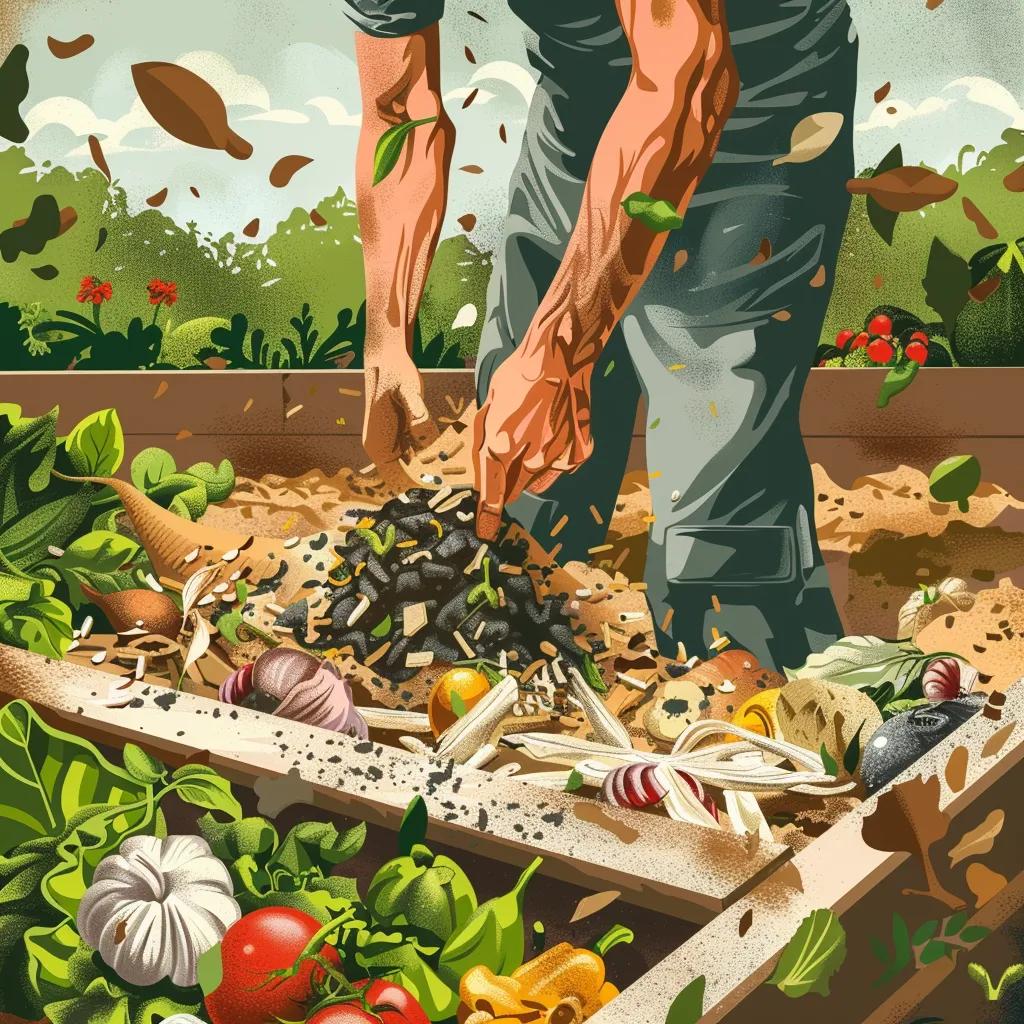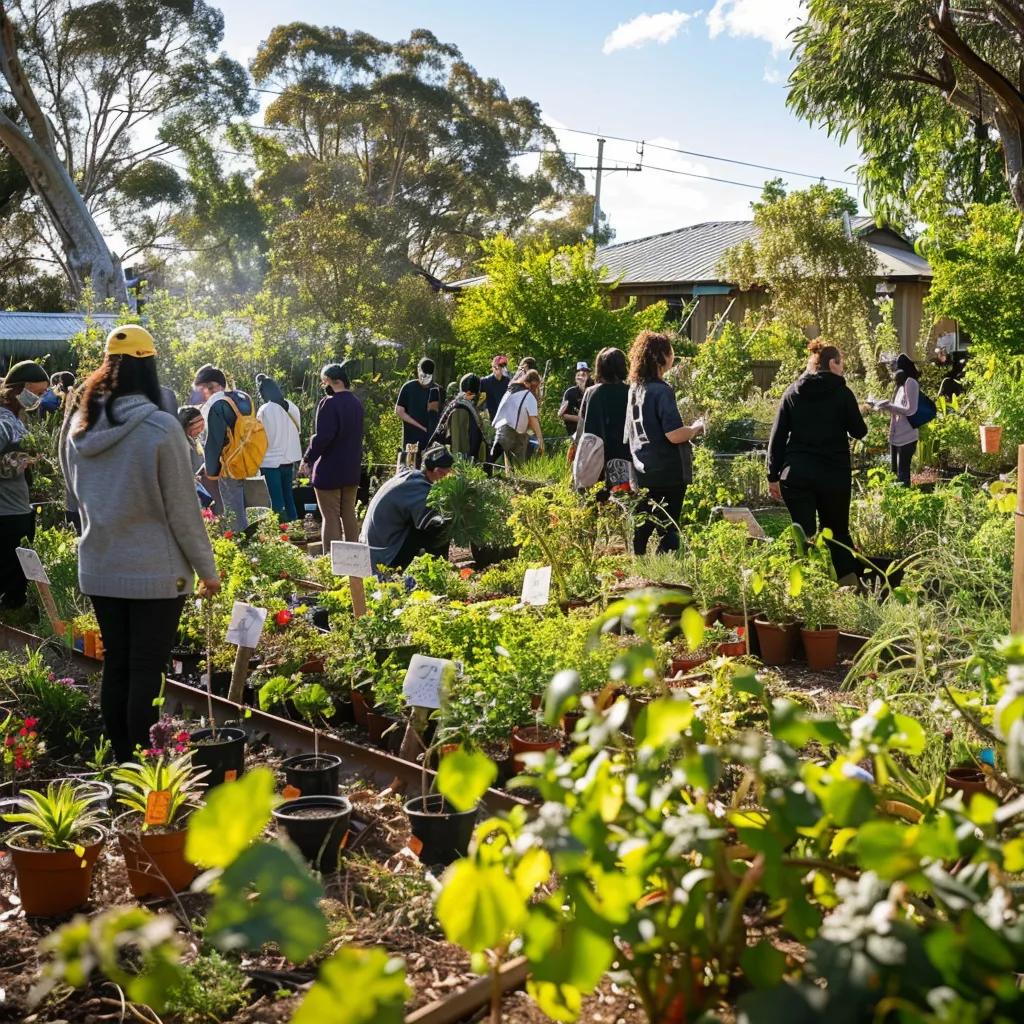Organic gardening practices in Sydney deliver chemical-free harvests, ecological resilience and enhanced well-being for urban growers. This guide explains the primary advantages like health, environment, soil and economy before outlining how to start, adapt techniques to local climate and soil, apply sustainable permaculture principles, and tap community resources for lasting success.
Organic gardening in Sydney combines soil-building biology with natural pest regulation to produce nutrient-dense food. Core benefits include:
These advantages illustrate how local organic gardening transforms backyards into thriving ecosystems and economical food sources.
Organic gardening improves health by eliminating synthetic pesticide residues and promoting nutrient-rich produce, which supports immune function and mental wellness. Regular gardening activity also reduces stress and encourages physical exercise, laying the groundwork for broader environmental gains.
Organic gardening protects waterways and air quality by avoiding synthetic chemicals. Natural mulches and compost minimise runoff, while diverse plantings support native pollinators.

These practices reduce pollutants and boost biodiversity, setting the stage for richer soil health.
Organic gardening enhances soil structure by adding organic matter and stimulating earthworms and beneficial microbes. Improved aggregation increases water retention and root penetration, which directly supports healthier plant growth and environmental protection.
Organic gardening practices, such as composting and mulching, can significantly improve soil health by increasing organic matter and microbial activity. This leads to better water retention, reduced erosion, and enhanced plant growth, contributing to a more sustainable and productive garden environment.
Home-grown produce slashes grocery bills and reduces fuel and packaging costs. Seed saving and on-site composting lower input expenses, while surplus yields can be bartered or sold locally, reinforcing community food security and supporting sustainable markets.

Beginning organic gardening in Sydney involves building fertile soil, choosing climate-adapted plants, conserving water and managing pests naturally. A step-by-step approach ensures productive beds and lasting ecosystem health.
These methods boost soil biology and link directly to improving soil health organically in Sydney.
Integrating native flora reduces water needs and strengthens ecosystem balance.
Water-wise gardening combines rainwater harvesting, drip systems and mulching to optimise moisture.
These techniques conserve resources and prepare for Sydney’s variable summer conditions.
Organic pest control uses biological relationships to suppress pests.

Implementing organic pest control methods, such as introducing beneficial insects and companion planting, can effectively manage pests in gardens. These methods reduce the need for synthetic pesticides, promoting biodiversity and creating a healthier ecosystem within the garden.
Sydney’s mix of coastal subtropical and inland temperate microclimates, along with heavy clay and sandy soils, demands tailored organic techniques for reliable yields and resilient ecosystems.
Sydney features humid coastal zones with mild winters and hotter inland areas prone to frost. Coastal gardens benefit from longer growing seasons while inland plots require frost-tolerant varieties and seasonal adjustments.
Clay soils retain nutrients but need organic matter to improve drainage, whereas sandy soils demand frequent compost additions to hold water. Amending each type with tailored organic inputs ensures balanced fertility.
Autumn and spring offer ideal planting windows for most vegetables, while summer sowing of heat-tolerant greens like okra and melons maximises warm-season production in backyard beds.
Sustainable organic gardening relies on systems thinking integrating soil health, water efficiency and biodiversity to create self-regulating landscapes that endure seasonal extremes.
Permaculture designs position productive zones close to the house, utilise swales for water capture, and incorporate guild planting to mimic natural forest ecosystems, enhancing resilience and reducing inputs.
Incorporating kangaroo paw, callistemon and banksia enhances habitat connectivity, supports local wildlife and reduces irrigation demands, reinforcing sustainable water and biodiversity goals.
Using reclaimed timber for raised beds, installing permeable paths and sourcing local mulch minimise embodied energy and foster circular material flows within organic garden systems.

Sydney houses a network of community gardens, markets and digital tools that connect growers, share knowledge and distribute produce, strengthening both individual gardens and regional food resilience.
Local councils and nonprofits host community garden plots in suburbs like Newtown and Marrickville, along with seasonal workshops on composting, seed saving and permaculture basics.
Farmers’ markets in Bondi, Carriageworks and Marrickville provide platforms for growers to sell surplus produce, exchange seeds and learn emerging techniques from urban growers.
Key digital resources include:
These tools foster continuous learning and connectivity among Sydney’s organic gardening community.
Organic gardening in Sydney offers holistic benefits, from chemical-free produce and cost savings to enriched soil and resilient ecosystems. By adopting local practices, leveraging permaculture principles and engaging with community networks, backyard gardeners can cultivate sustainable, thriving organic landscapes.

